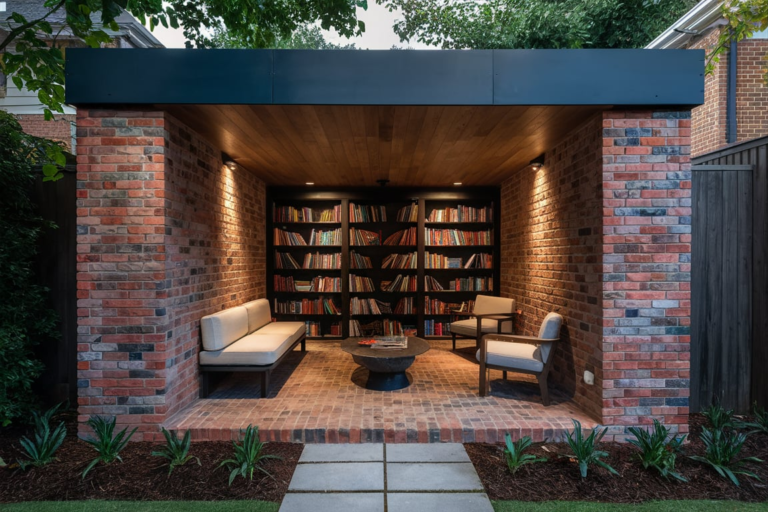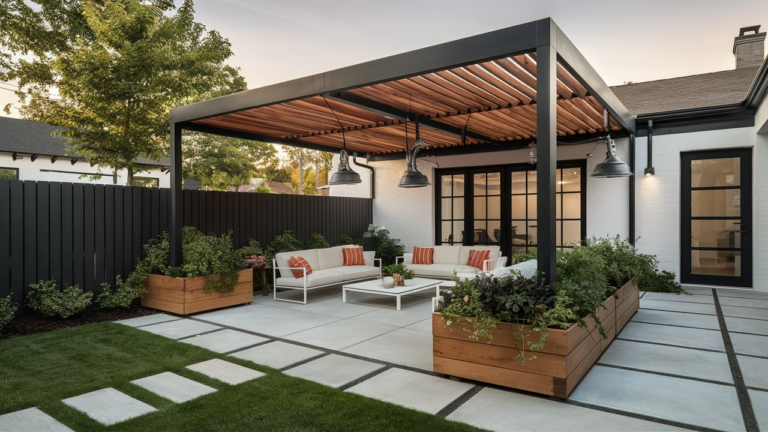24 Residential Roof Restoration Ideas: Everything Homeowners
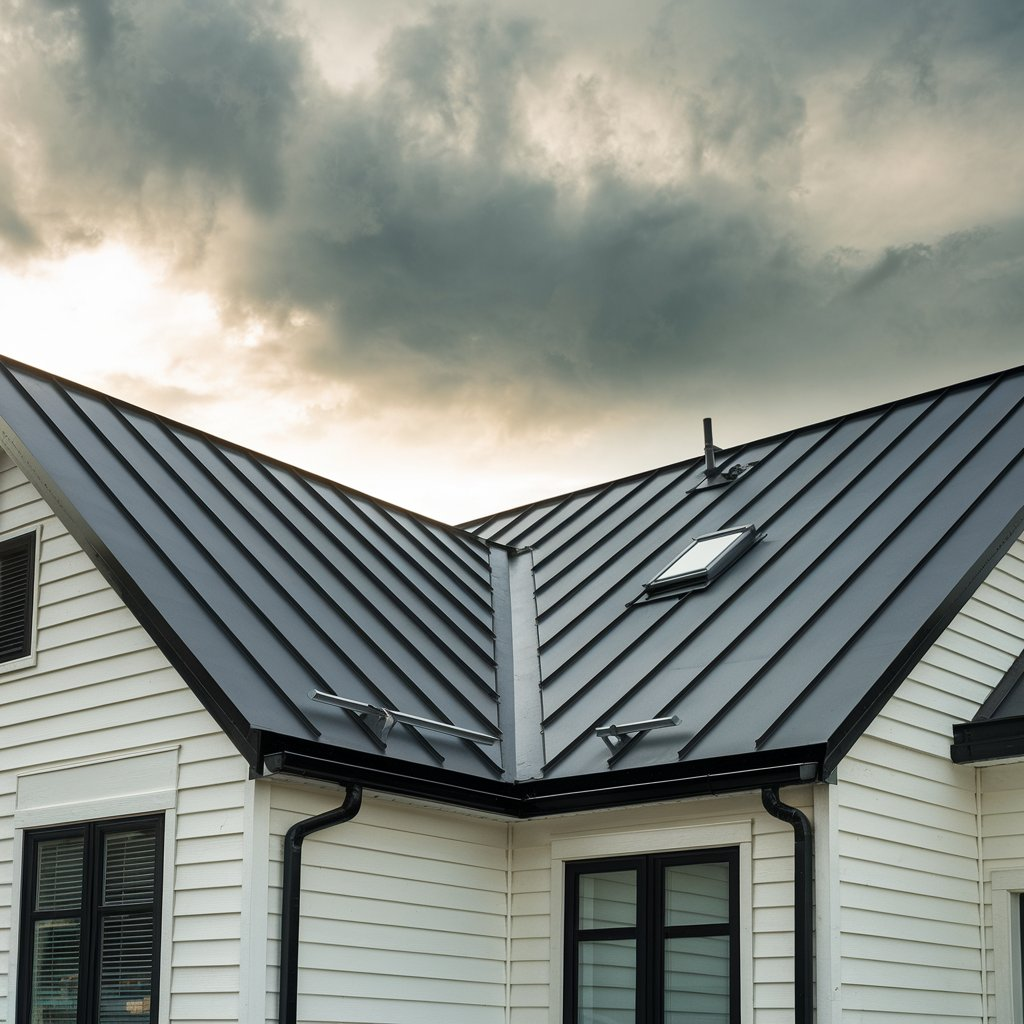
When it comes to maintaining a home, few things are as vital (and often overlooked) as the roof. It’s the unsung hero, quietly protecting us from the elements, and yet it’s easy to forget just how much wear and tear it endures.
Over time, your roof can accumulate damage, wear, and a general sense of neglect, and when it does, it’s time to consider a roof restoration. But where do you even begin?
1. Understanding Roof Restoration vs. Roof Replacement
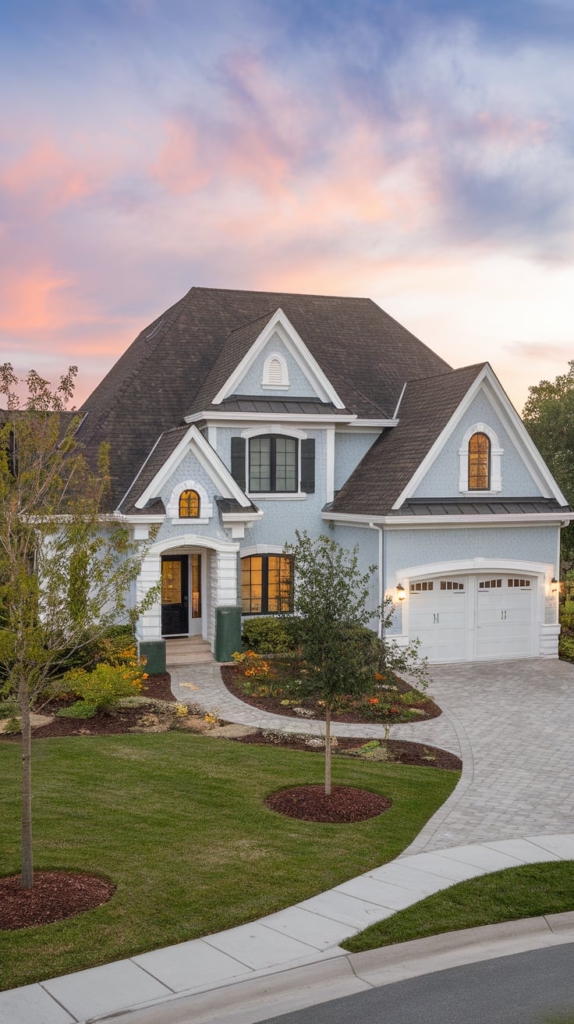
Before diving into restoration ideas, it’s important to understand the distinction between roof restoration and roof replacement. Restoration is a process designed to extend the life of your roof by repairing existing damage, refreshing its appearance, and enhancing its performance. Roof replacement, on the other hand, is a complete tear-off and reinstallation of the entire roofing system.
If your roof has minor to moderate damage, restoration is typically more cost-effective. However, if the damage is severe or the roof is nearing the end of its lifespan, replacement may be necessary. Knowing the difference will help you make the right decision for your home.
2. Inspecting Your Roof: The First Step
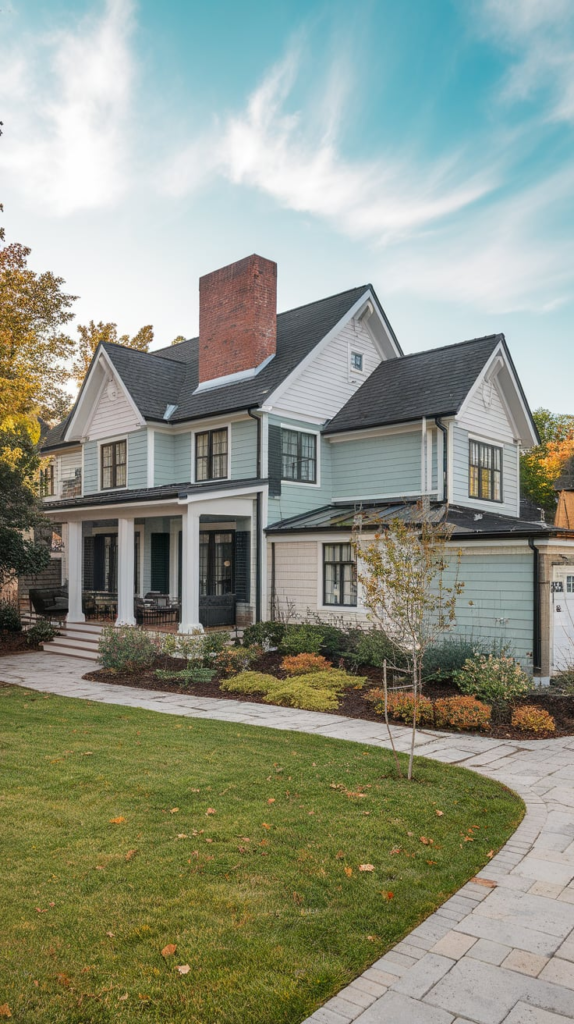
Before taking any action, a thorough inspection is crucial. You can’t make the best decisions about restoring your roof without understanding its current condition. Here are some things to look for:
- Shingles: Are they cracked, missing, or curling? This can be a sign that the roof is nearing the end of its life.
- Leaks and Water Damage: Check the attic and ceilings for signs of water penetration.
- Gutter Issues: Clogged or damaged gutters can lead to poor drainage, which can exacerbate roof problems.
- Granule Loss: Asphalt shingles often lose granules over time, which can impact their effectiveness.
Pro Tip: Hire a professional roofing inspector for an in-depth evaluation if you’re unsure about the roof’s condition.
3. Clean Your Roof to Begin with
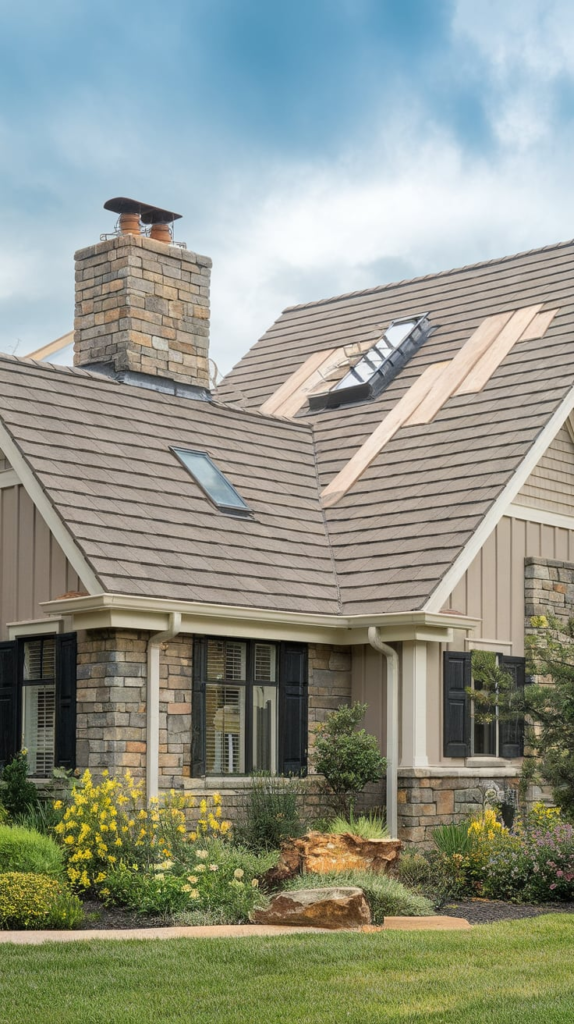
Before any repairs or coatings are applied, you’ll need to start with a clean roof. Dirt, moss, algae, and debris can prevent restoration materials from adhering properly. A professional roof cleaning service can use specialized equipment to clean your roof without causing damage.
Cleaning not only improves the appearance of your roof but also prevents future issues like mold growth and moss buildup, which can accelerate deterioration.
4. Repairing Cracked or Broken Shingles
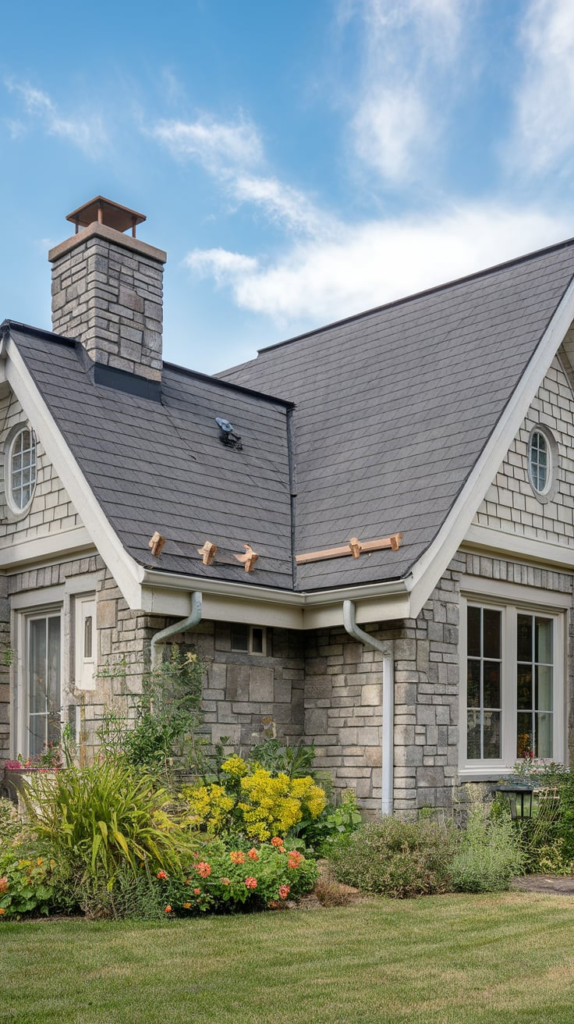
Shingles are the most common roofing material, and they’re prone to cracking or breaking due to age or weather. Fortunately, shingle repairs are typically straightforward. If you notice a few damaged shingles, they can be replaced individually. However, if a large portion of the roof is compromised, you may need to replace larger sections.
Tip: Use high-quality materials when replacing damaged shingles to ensure long-lasting results.
5. Replacing Flashing Around Chimneys and Vents
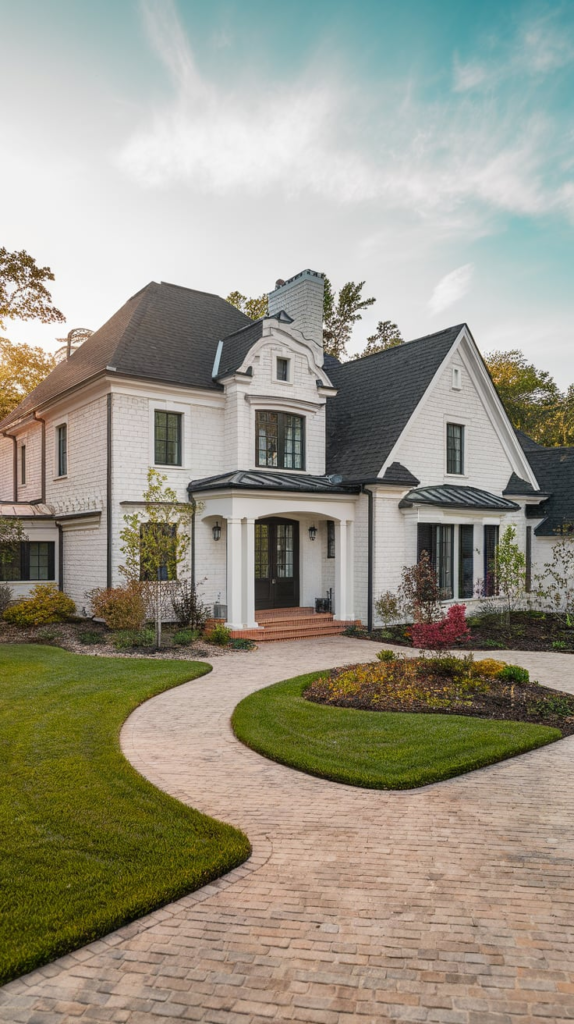
Flashings are the metal strips that seal vulnerable areas of your roof, such as around chimneys, vents, and skylights. Over time, these can deteriorate, leading to leaks. Flashing replacement is a key part of roof restoration, ensuring that water cannot seep through these critical areas.
6. Addressing Roof Leaks with Sealants
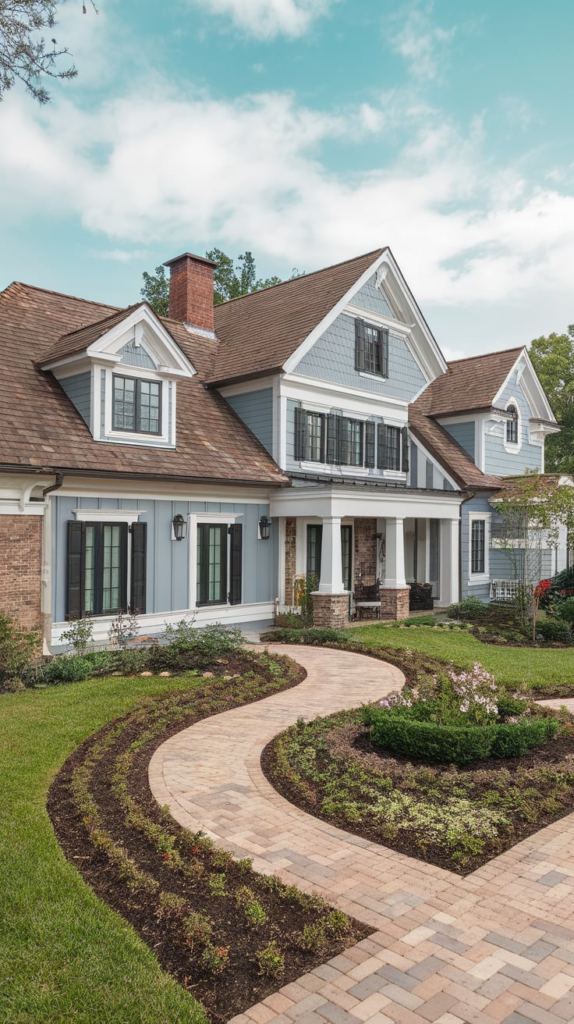
If your roof has minor leaks, using a high-quality roof sealant can be a quick and effective solution. Roof sealants are designed to fill in small cracks, gaps, and holes, preventing water infiltration and extending the lifespan of the roof.
However, sealants should be used in conjunction with other restoration methods, not as a stand-alone solution for significant damage.
7. Re-coating the Roof
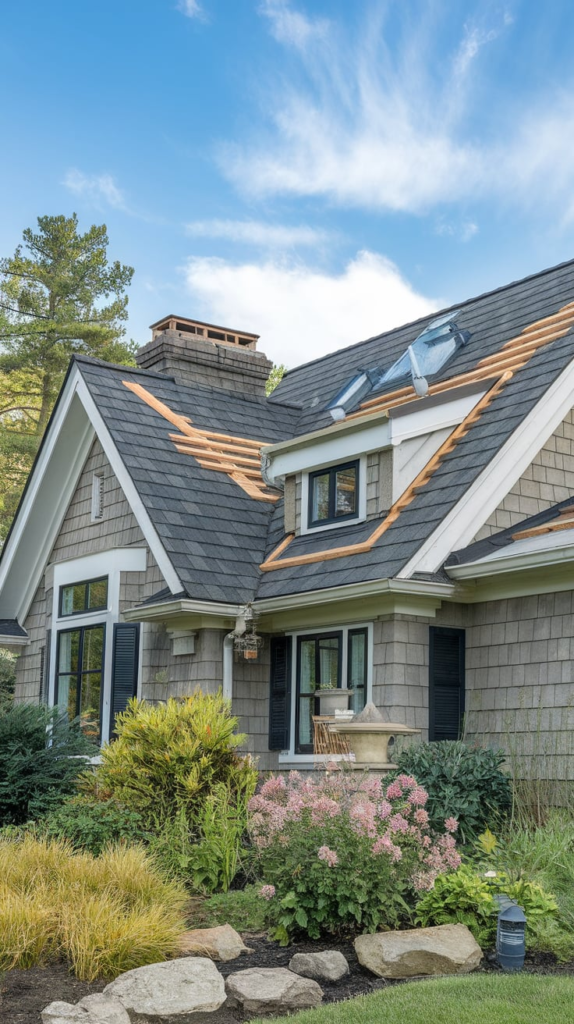
A roof coating is one of the most effective ways to rejuvenate an aging roof. These coatings provide an extra layer of protection against the elements, including UV rays, water, and debris. Roof coatings come in various types, including:
- Acrylic Coatings: Provide excellent UV protection and reflect sunlight, which can help reduce cooling costs.
- Silicone Coatings: Known for their water resistance and durability.
- Polyurethane Coatings: Ideal for roofs that experience heavy foot traffic.
Re-coating your roof not only restores its appearance but also adds an additional layer of protection, which can extend its lifespan by several years.
8. Installing Roof Insulation
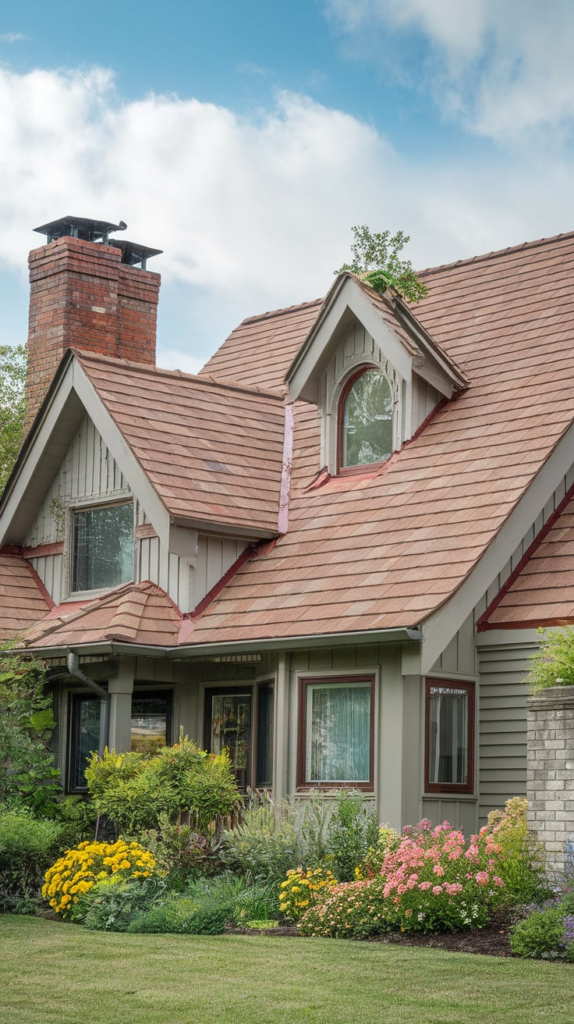
If you’re looking to increase energy efficiency, roof insulation is a smart addition during a restoration project. Insulating your roof helps regulate your home’s temperature, keeping it cooler in the summer and warmer in the winter. This can result in lower energy bills and a more comfortable living environment.
9. Consider Cool Roof Technology

A growing trend in roof restoration is the use of cool roof technology. Cool roofs are designed to reflect more sunlight and absorb less heat compared to traditional roofing materials. This helps reduce the urban heat island effect and can lower cooling costs for your home.
10. Upgrading to Energy-Efficient Materials
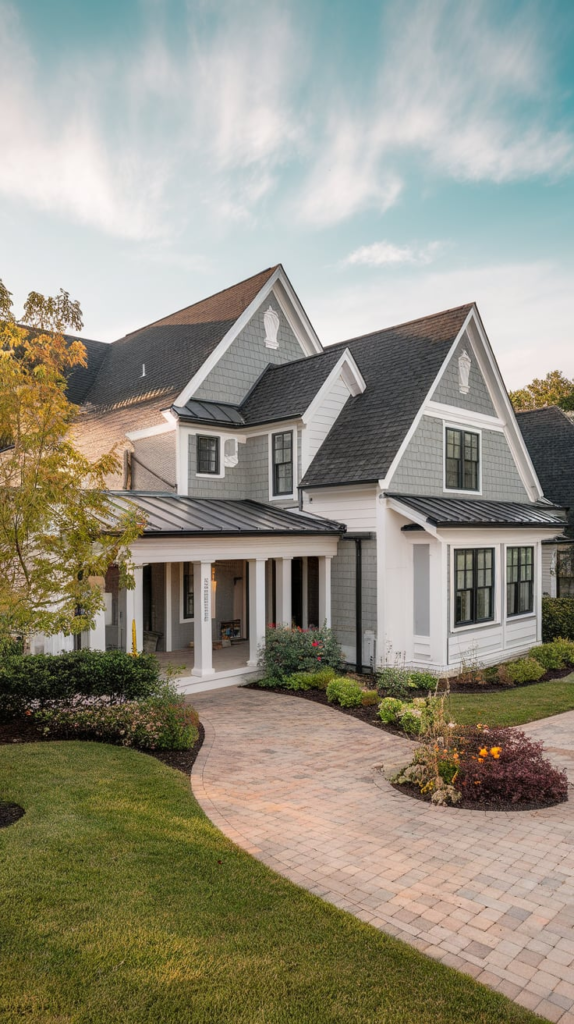
If you’re going to restore your roof, why not do it with energy-efficient materials? Consider replacing old shingles with energy-efficient alternatives like reflective shingles or solar panels. These upgrades can reduce your home’s carbon footprint while saving you money on energy bills.
11. Fixing Gutter Problems
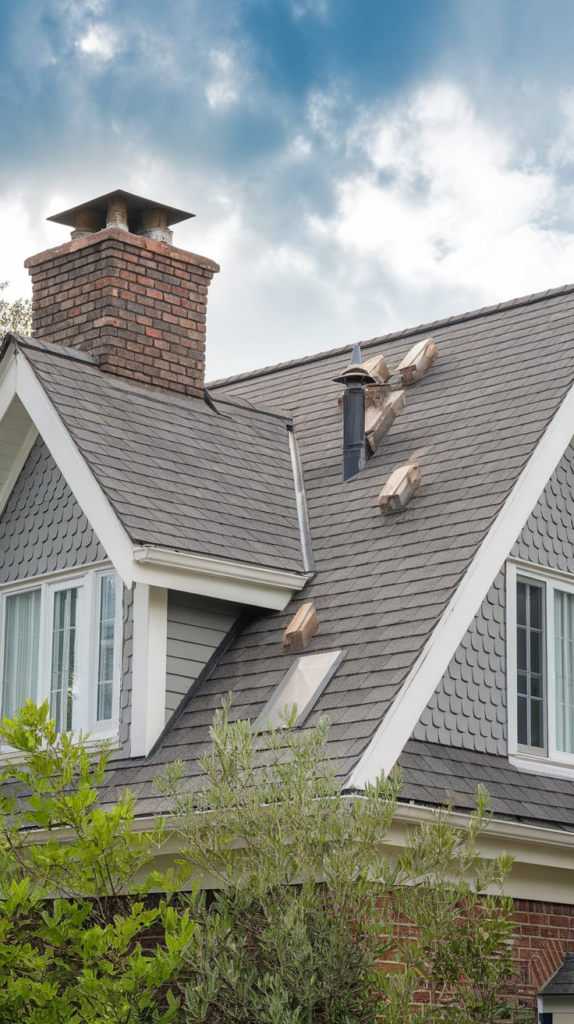
Your roof and gutters are a team working together to protect your home. If your gutters are clogged, sagging, or leaking, water can pool on the roof and cause serious damage. Gutter repair and replacement should be part of your roof restoration plan to ensure proper drainage and prevent water damage.
12. Moss and Algae Removal
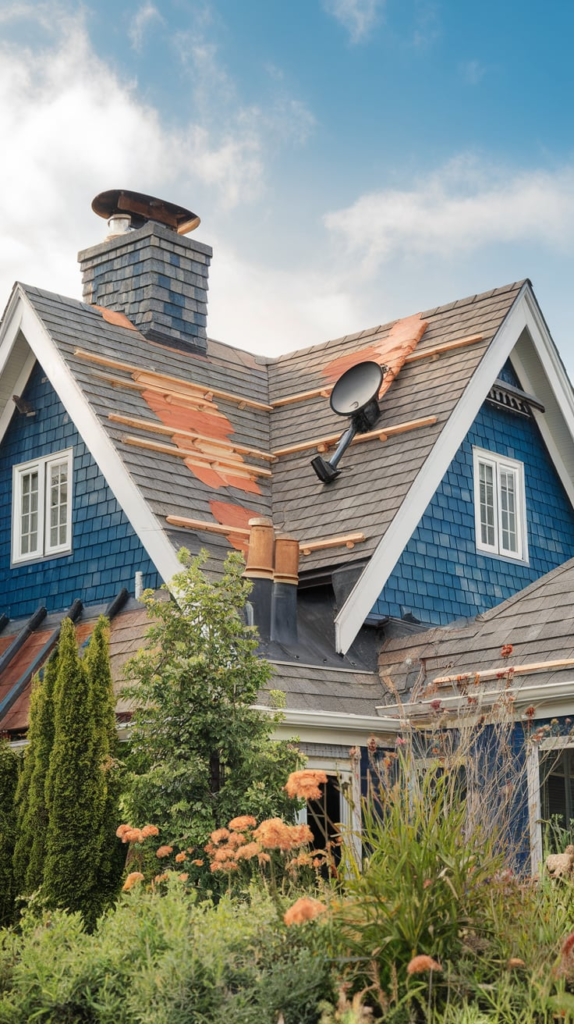
Moss and algae growth on your roof can be more than just unsightly – it can cause long-term damage. Moss holds moisture against your shingles, which can accelerate decay. Regular cleaning and the use of anti-moss treatments can prevent this.
13. Replacing the Underlayment
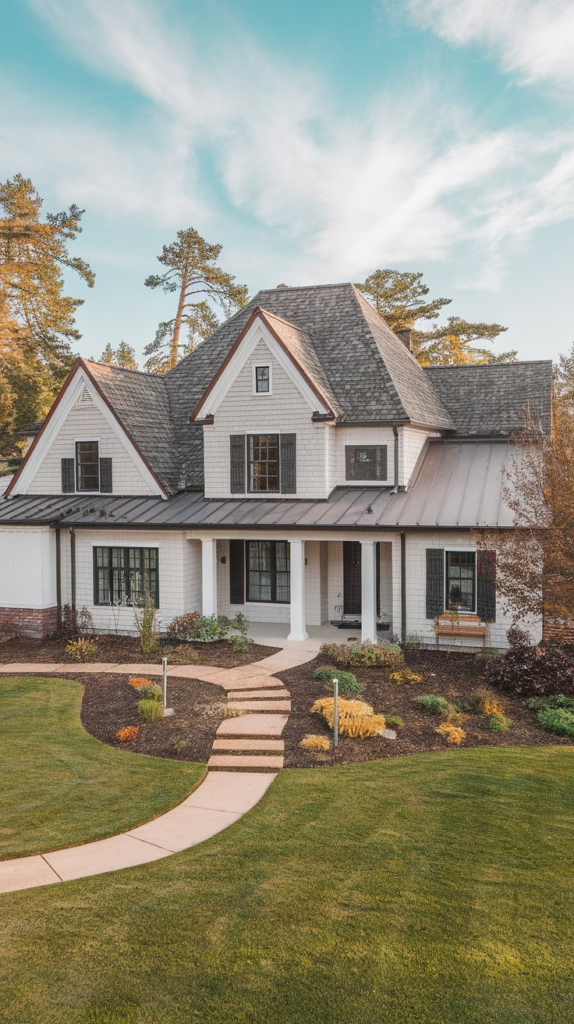
The underlayment is the layer of material beneath the shingles that provides an extra barrier against water infiltration. If your underlayment has become damaged or worn out, it’s crucial to replace it during your restoration. A new underlayment will help ensure the long-term durability of your roof.
14. Look into Roof Ventilation
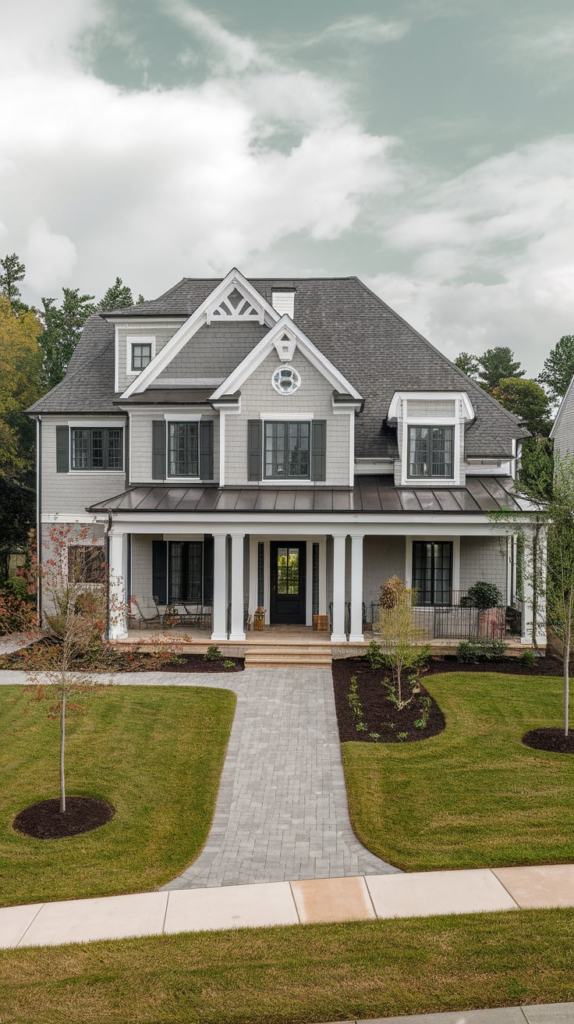
Proper roof ventilation is essential for maintaining the health of your roof. Poor ventilation can lead to heat buildup in the attic, which can cause shingles to deteriorate prematurely. Adding or upgrading ventilation can help regulate the temperature and moisture levels in your attic, extending the life of your roof.
15. Consider a Green Roof
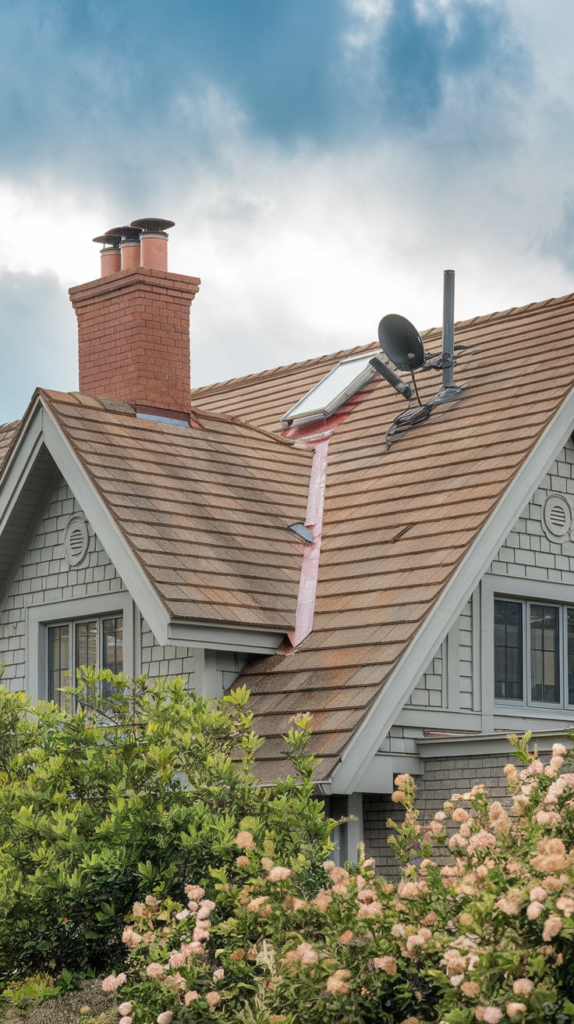
For those seeking a unique and eco-friendly option, a green roof may be the answer. Green roofs are covered with vegetation, which helps insulate the building and reduce stormwater runoff. While this is a more complex and costly option, it’s a sustainable solution for homeowners interested in reducing their environmental impact.
16. Reinforcing Roof Structure
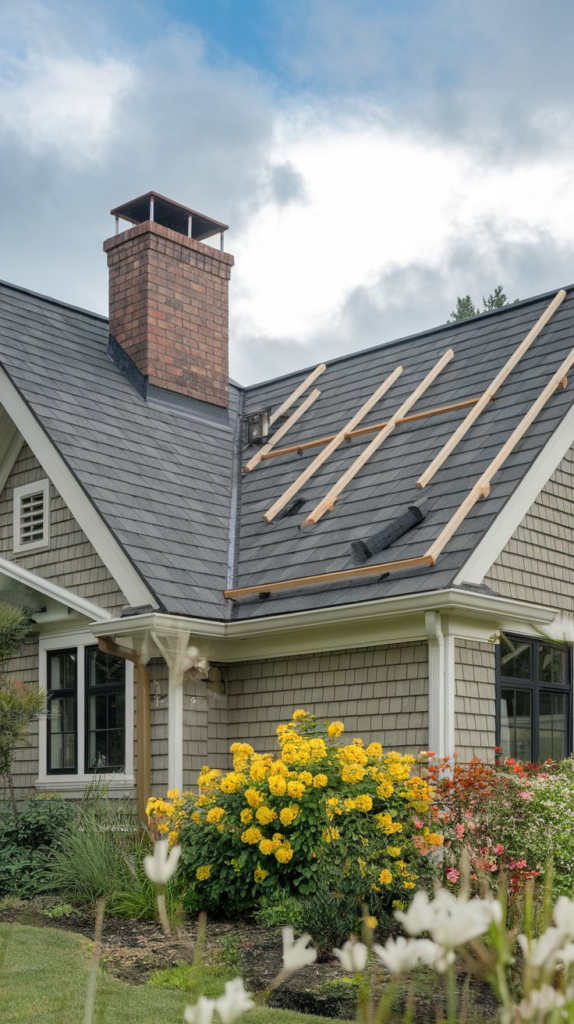
If your roof is sagging or showing signs of structural damage, it’s essential to reinforce the roof structure before restoration begins. This may involve repairing or replacing beams, trusses, and other structural components to ensure the roof remains stable and secure.
17. Replacing Skylights
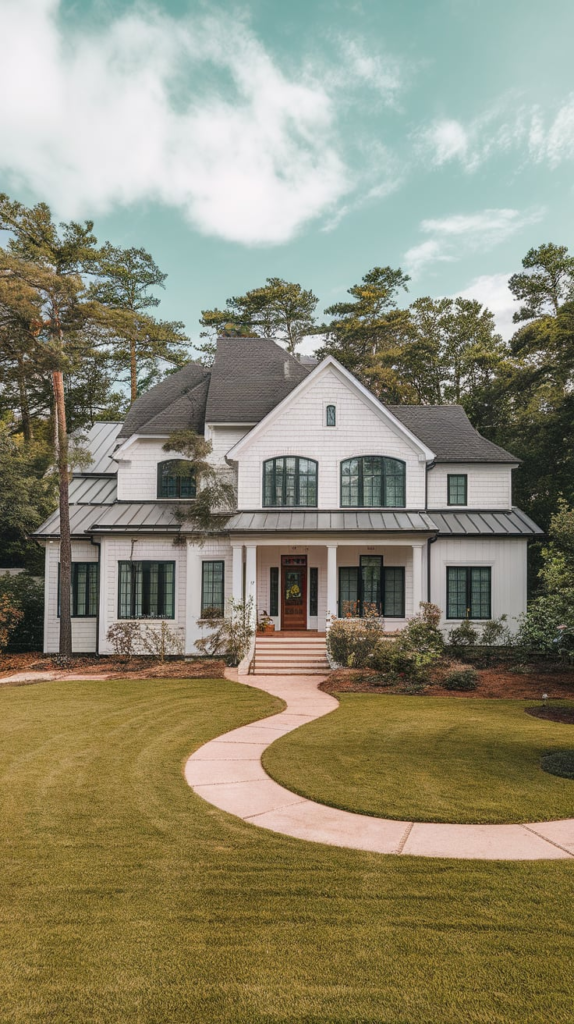
Skylights can add natural light and ventilation to your home, but over time, they can become damaged or inefficient. Skylight replacement is an important part of roof restoration, especially if you notice leaks, drafts, or deteriorating seals. Upgrading to energy-efficient skylights can also enhance your home’s energy performance.
18. Improving Roof Aesthetics with New Shingles
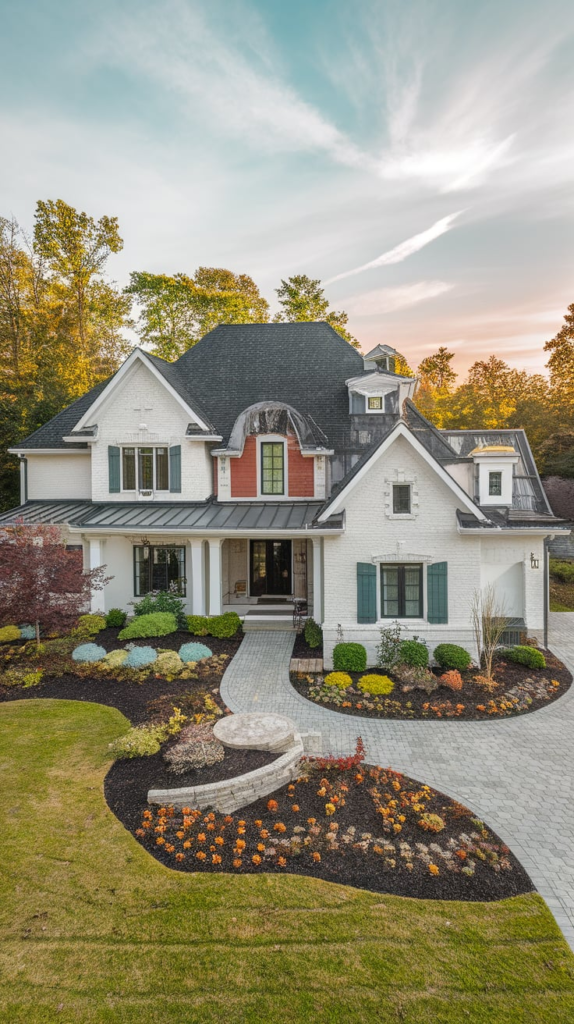
One of the simplest ways to enhance the aesthetic appeal of your home is by upgrading your shingles. Architectural shingles, which have a textured appearance, can give your roof a more elegant and modern look. You can also choose from a range of colors and styles to complement your home’s exterior.
19. Adding a Roof Garden
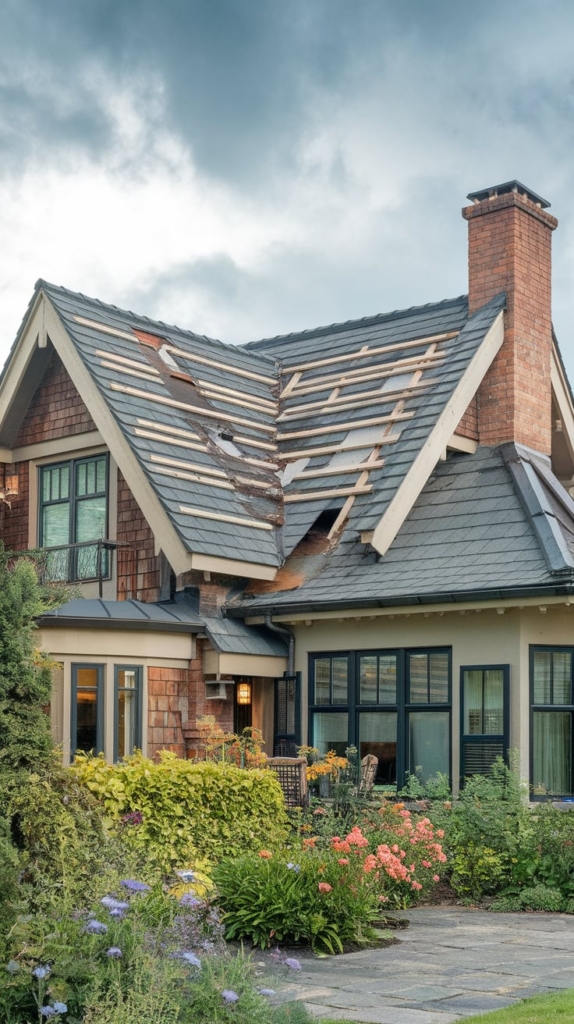
For those who love the idea of a green space on their roof, a roof garden is a fantastic addition. Roof gardens not only increase the beauty of your home but also provide insulation and help manage stormwater runoff.
20. Addressing Wind and Storm Damage
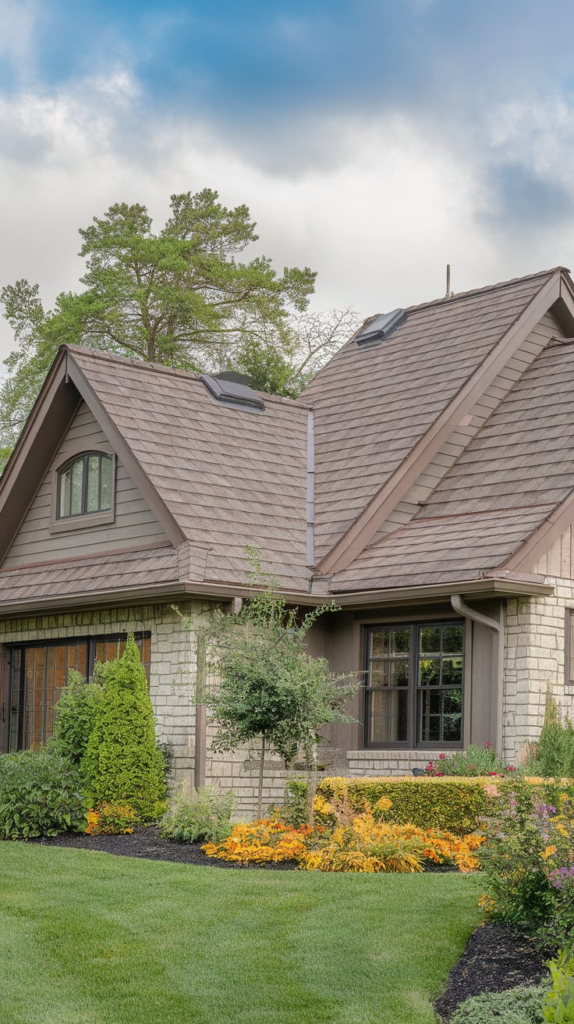
If your area experiences frequent storms or high winds, stormproofing your roof is crucial. Reinforcing the roof structure, upgrading shingles, and ensuring that flashing and gutters are secure can help your roof withstand severe weather.
21. Applying Roof Sealers for Protection
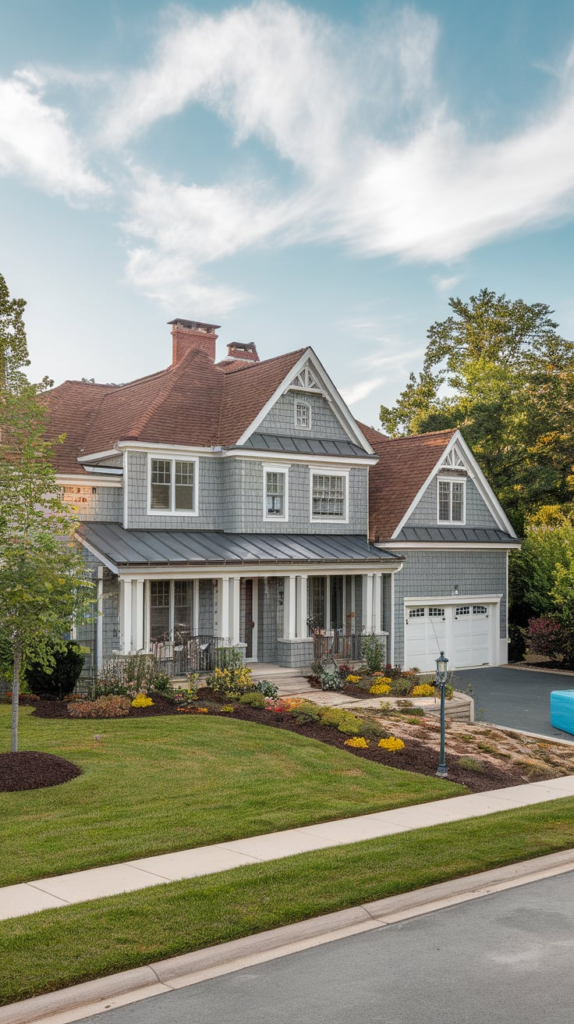
A high-quality roof sealer can provide an additional layer of protection for your roof, keeping it safe from the elements and extending its life. Roof sealers are particularly useful for protecting flat roofs or older roofs that are showing signs of wear.
22. Performing Regular Roof Maintenance
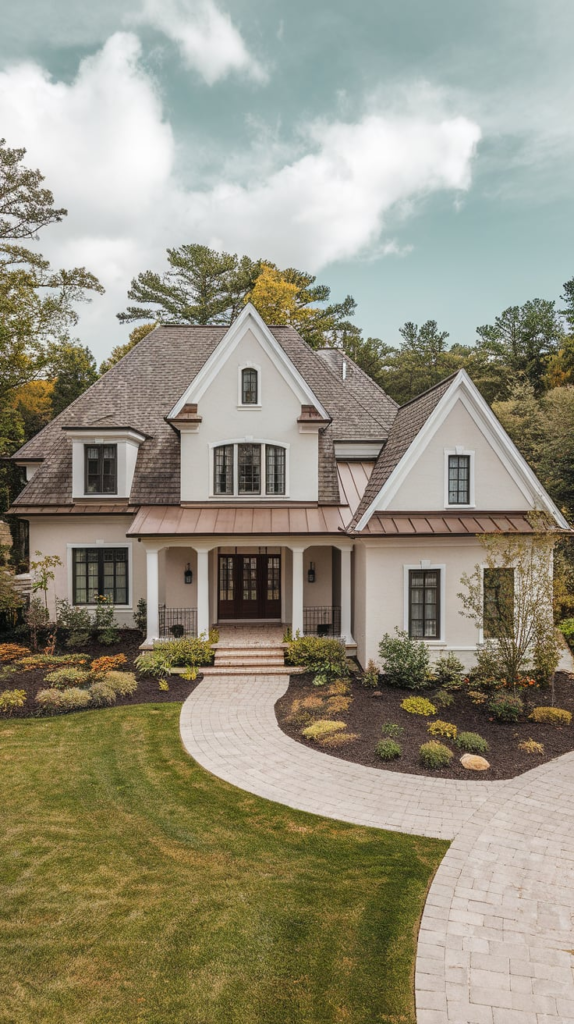
Once your roof restoration is complete, it’s important to maintain it. Regular roof maintenance can help you catch problems early before they become major issues. Schedule annual inspections and cleanings to ensure your roof remains in top condition.
23. Choosing the Right Contractor
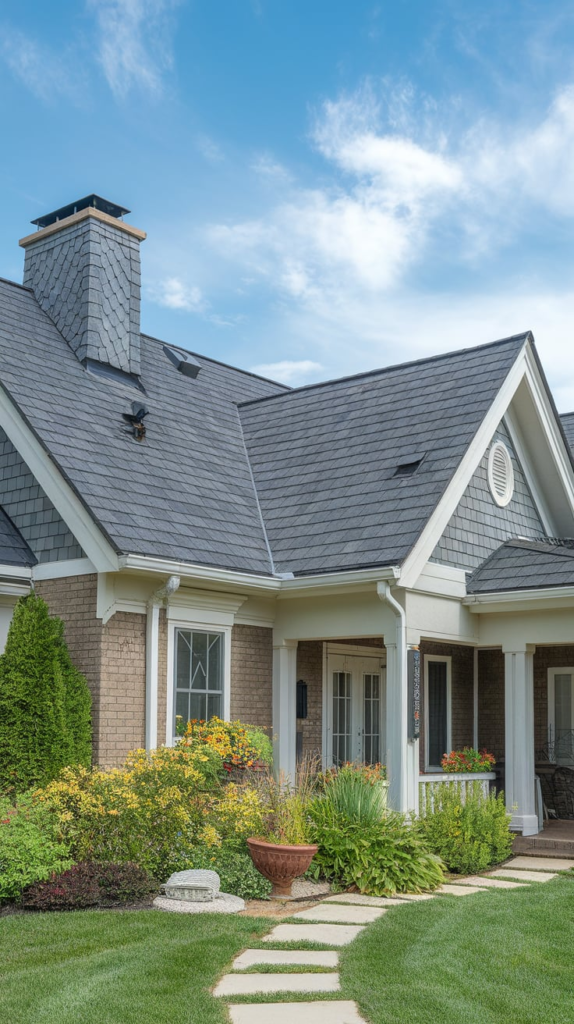
Selecting a qualified contractor is one of the most important decisions you’ll make during the roof restoration process. A skilled roofer will ensure that the restoration is done properly, using high-quality materials and techniques. Always ask for references, review their portfolio, and get multiple quotes before making your choice.
24. Budgeting for Roof Restoration
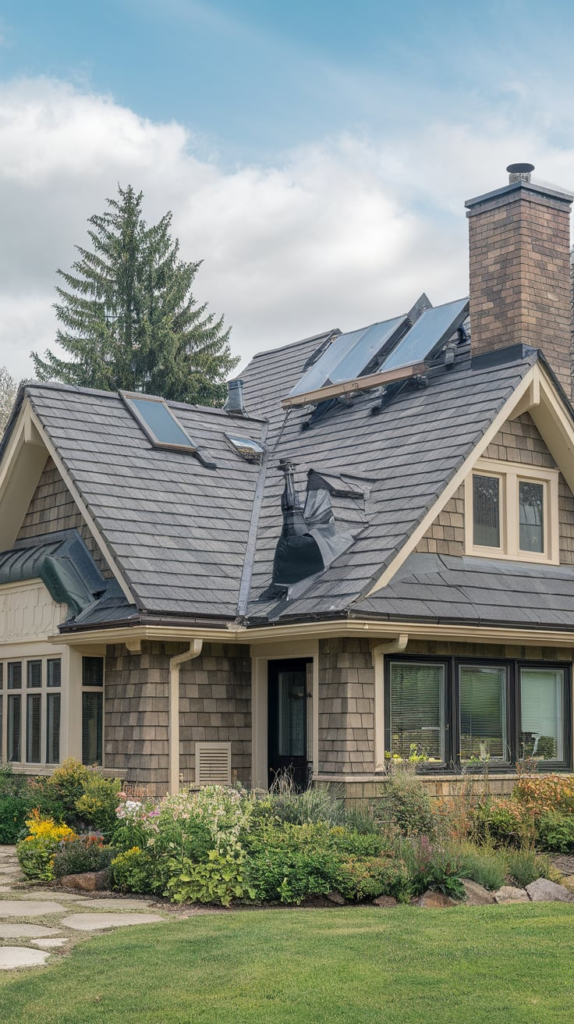
Lastly, budgeting for roof restoration is essential. Costs can vary depending on the size of your roof, the materials used, and the extent of the restoration work. Be sure to get an accurate estimate from your contractor and plan for any unforeseen expenses. A well-restored roof is an investment that can save you money in the long run by preventing costly repairs down the road.
Conclusion
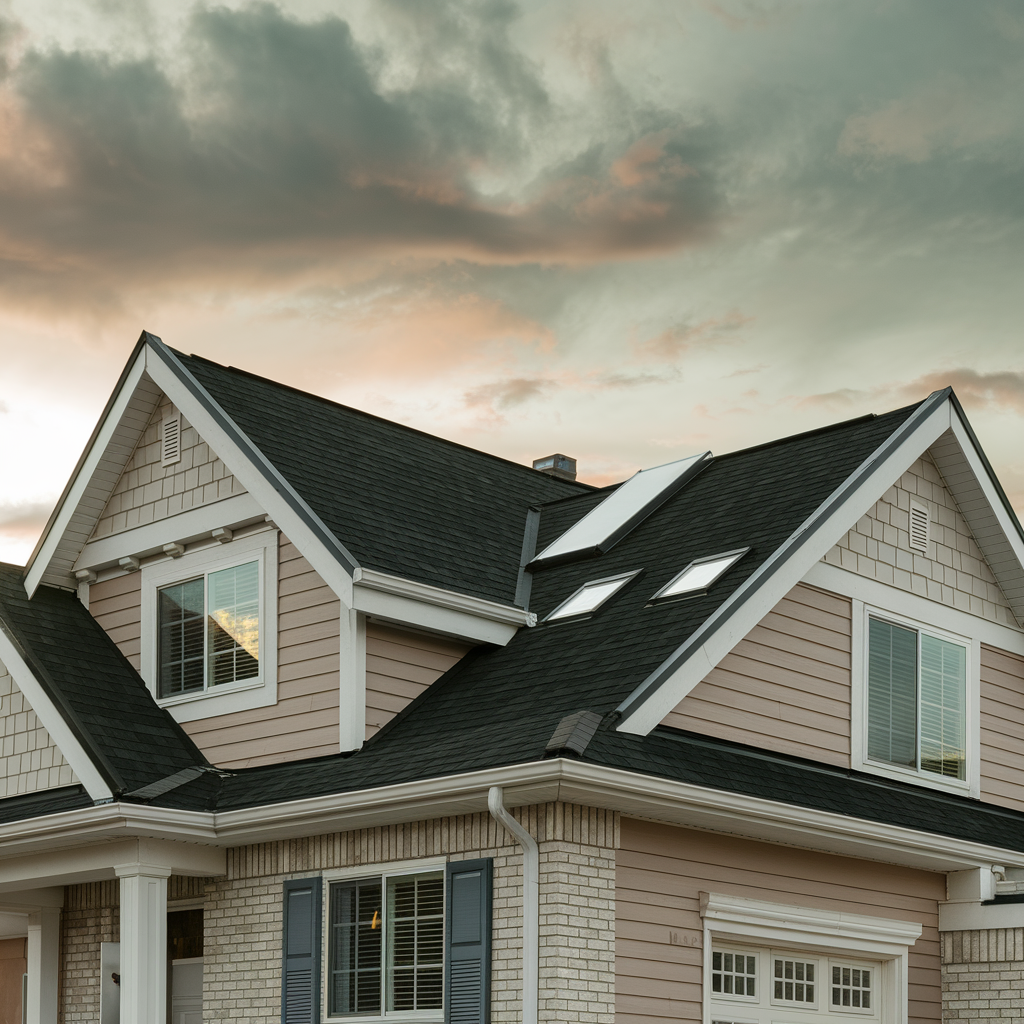
Restoring your roof is an investment in the longevity and safety of your home. By considering these 24 essential roof restoration ideas, you can ensure that your roof remains strong, efficient, and beautiful for years to come. Whether you’re dealing with minor repairs or major upgrades, taking the time to restore your roof will pay off in the long run.
